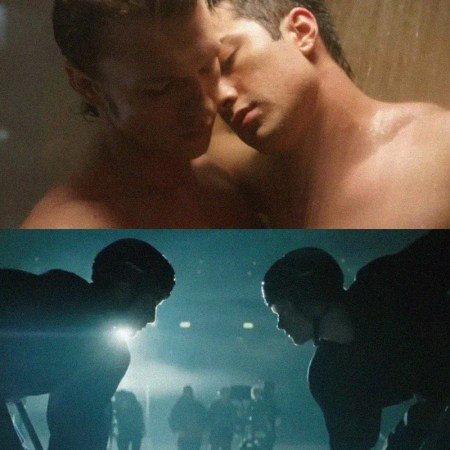A few years ago, British Columbia-based medical professionals began prescribing national park passes to patients, through a program called PaRx.
Canada’s doctors had seen enough. Recent studies illustrate that adults spend 93% of their time indoors, despite mounting evidence that time in nature delivers dynamite physical and mental benefits. Maybe it’s weird that people need a formal permission slip to walk through a forest once in a while. But that’s where we’re at.
Now, another group of medical professionals is taking it further: not just vouching for nature, but actually joining their patients on the trail. Outdoor therapy is on the rise, with psychologists, counselors and psychotherapists — and especially those who operate a private practice — hosting talk-therapy sessions in the open air.
Here’s how it works, and why it might be the reset you’ve been looking for.
Can the “Flow State” Save Us From Distraction?
Coined by psychologist Mihaly Csikszentmihalyi, flow offers rare clarity. We asked athletes, chefs and musicians how they find it again and again — and how you can, too.Walk the Talk
What does outdoor therapy look like, exactly? According to one study of the concept, “the outdoor context for therapy ranges in intensity from sitting or walking in urban parks and woodland to remote wilderness expeditions.”
A walk in the woods is perhaps the simplest way to think about outdoor therapy. What might have unfolded on a pair of couches in a closed room can instead transpire outside, under a canopy of trees. And more than just a change of scenery, this can actually accelerate therapeutic progress.
According to Connor Davis, the founder of Eastern Adventure, a creative agency for outdoor brands, sessions with his outdoor therapist are as simple as walking through the woods and talking about life. The practice has “transformed” his life, he wrote in a recent LinkedIn post, helping him manage the stresses of raising a family and owning a business.
Why It Works
Outdoor therapy is effective for the same reasons that Canadian doctors send patients to the mountains, Japanese adults take “forest baths” and Norwegians prioritize outdoor excursions — even in winter. Nature-dosing improves attention, regulates the nervous system and boosts mood.
That means: less activity in the subgenual prefrontal cortex, the region responsible for rumination and dread. It means lower perceptions of social threat and more emotional openness from patients. Especially male patients, who are more likely to distrust therapy and appreciate side-by-side interaction.
This all…makes sense. Certainly there are people out there who’d rather not get bitten by a bug while working through intergenerational grief. But then there must be so many others who feel uninspired — or even suffocated — by the current model and would benefit from a different one.
A meta-synthesis study of the practice concluded: Therapy is “enriched by added mutuality, freedom of expression, mind-body holism, interconnectedness with the natural world, and practitioner well-being.”
How to Find an Outdoor Therapist
This field is sort of new, sort of old. Largely, it’s just unregulated.
If you do some digging, you’ll find that outdoor therapy has been around, in different forms, for decades. In the late 1970s, a California psychologist named Thaddeus Kostrubala spent years practicing psychotherapy while jogging alongside his patients. “I think this is a new and powerful way of reaching the unconscious,” he said.
It didn’t really take off, but other nature-based approaches have, including: adventure therapy, horticultural therapy, even equine-assisted therapy. These days, there are facilities dedicated to outdoor therapy, like Talmar, and global offerings, like this Peace in the Wild Alps Retreat.
But you might start by finding a therapist who takes your insurance and is willing to move sessions outside. Databases like Psychology Today, Nature Therapy School and Adventure Therapists in Private Practice can help. And here’s a list of 14 reputable therapists who take sessions outside. If you don’t live near any of them, it’s possible they can connect you with someone in your area.
Meanwhile, if your current therapist isn’t game, consider moving sessions outside yourself and calling them while walking a couple loops around your favorite park.
It’s not a revolution yet — and the trend has its skeptics, who maintain therapy needs the formality of the office setting — but expect there to be more options in the next five years. Going for a hike with your therapist could soon be the most natural thing in the world.
The Charge will help you move better, think clearer and stay in the game longer. Subscribe to our wellness newsletter today.





















